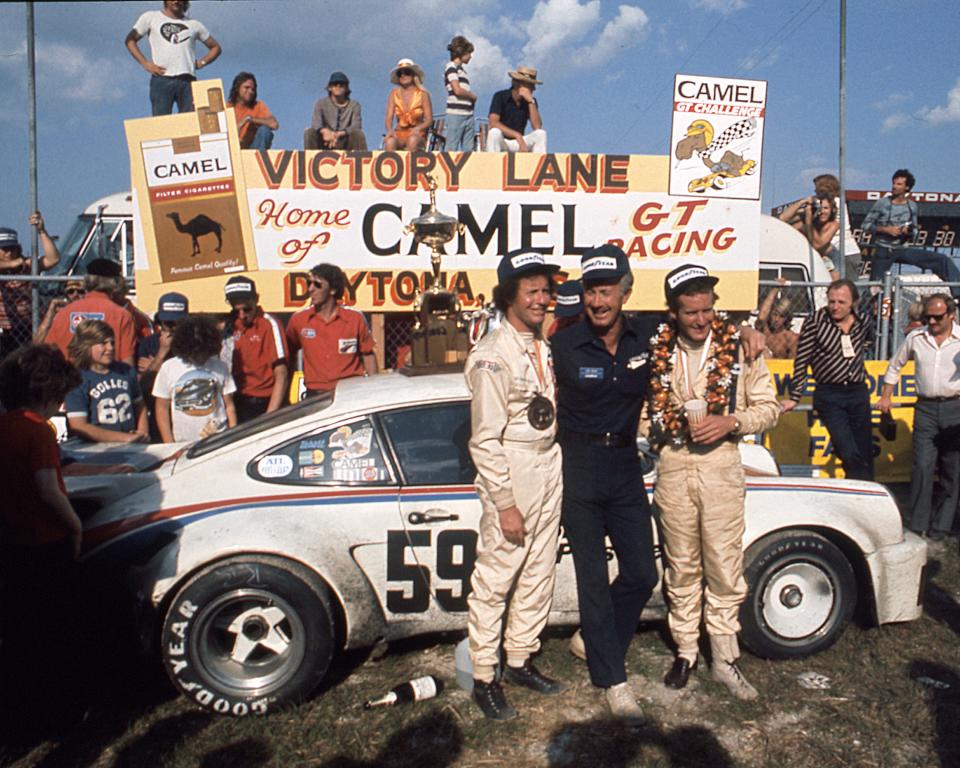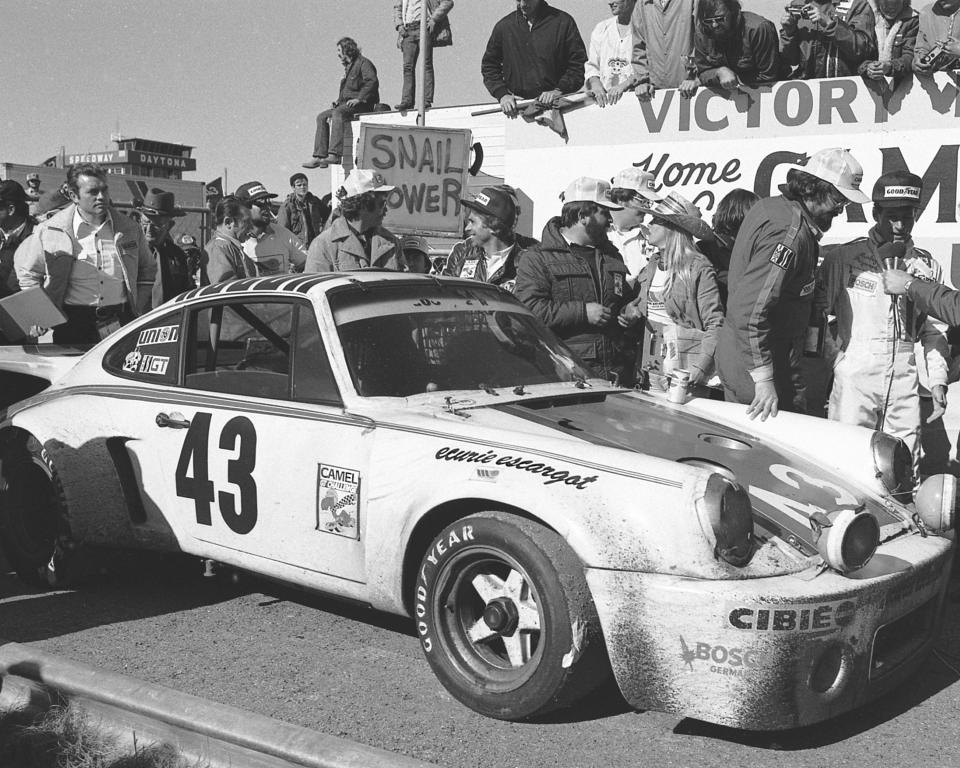Rolex 24 at Daytona has limits to how long a driver can drive? Yes, and here's why
Could a driver hog the wheel for all 24 hours of the Rolex 24.
The short answer is no, even if physically possible — and this is much more physically taxing than you might think, the fittest of drivers will tell you. Even if tempted, there are rules about such things.
That wasn’t always the case, but when limits were eventually put in place, it was often called "The Hurley Rule.”
Coming to Daytona in 1977, Hurley Haywood had won two previous 24-hour races at Daytona with just one co-driver, Peter Gregg.
It seemed he’d have lighter lifting in 1977 when he had two co-drivers for the Rolex 24 — John Graves and Dave Helmick shared the Porsche Carrera that would beat the bigger factory teams and win the race.
RACEDAY UPDATES: The latest from the 2024 Rolex 24 at Daytona
MEET THE ROLEX WOMEN Ladies, start your engines; 9 women part of driver lineups this year

The road to Victory Lane was a long one for Haywood, however. Before the race, Haywood’s co-drivers delivered some last-minute details about their comfort levels.
“My two co-drivers were pretty much amateurs,” Haywood recalled this weekend at Daytona. “But they owned a fast car, a former Peter Gregg car. They came up to me and said, ‘you know, we don’t want to drive at night.’ ”
Hurley was taken aback, to say the least.
“I said, ‘what’s that mean? I’m gonna drive all night?’ ”
Well, not all night, but damn near.
“I ended up driving an eight-hour stint,” he said.

Today, that won’t fly, regardless of sunlight, darkness, rain, fog, teammate discomfort or whatever else comes along.
IMSA, the Rolex 24’s sanctioning body, puts maximums and minimums on all of its endurance races. Here they are for the Rolex 24 …
Minimum drive time for the Rolex 24
GTP prototypes and GTD Pro: Each driver must log at least two hours behind the wheel.
LMP2 and GTD: Four hours and 30 minutes (4:30).
Maximum drive time for the Rolex 24
All classes: 13 hours, and no more than four hours during any six-hour stretch.
Haywood’s first two Rolex 24 wins (he had five, by the way) were two-man efforts with Gregg, in 1973 and ’75. Haywood would routinely do four-hour shifts in their Brumos Porsche and log the majority of the two trips around the clock.
“Peter liked doing the race strategy, so a lot of times I did a majority of the driving so he could do the race strategy,” he said.
This article originally appeared on The Daytona Beach News-Journal: How long can a Rolex 24 driver drive at Daytona? Yes, there are limits

